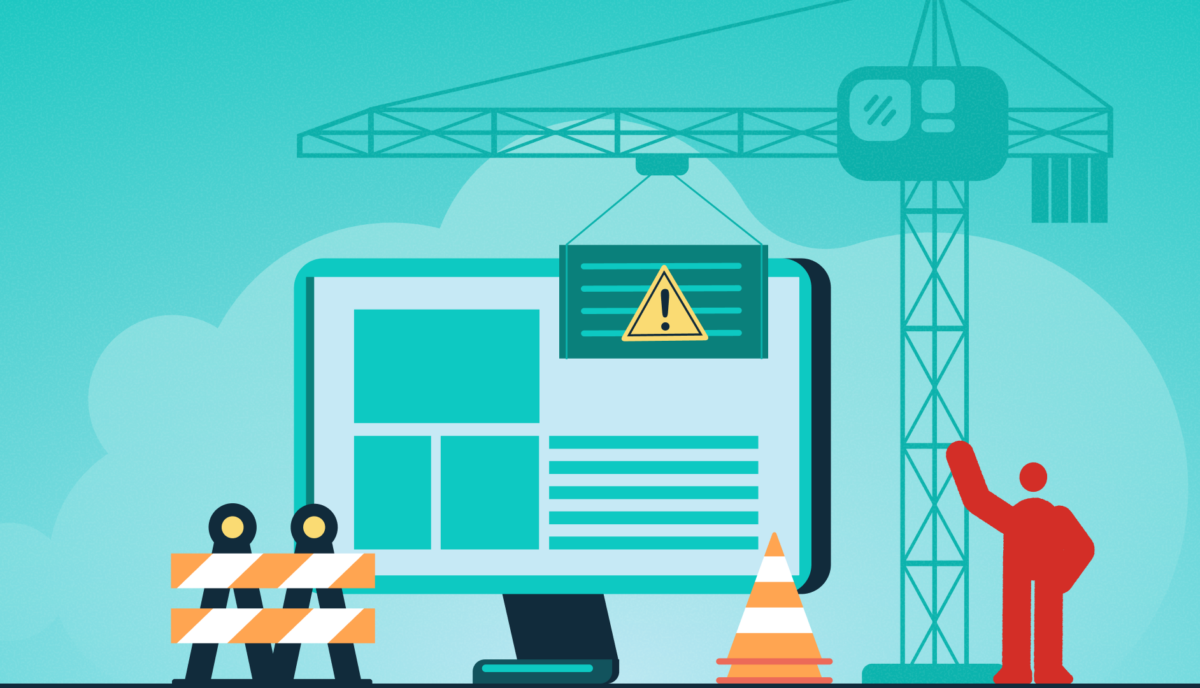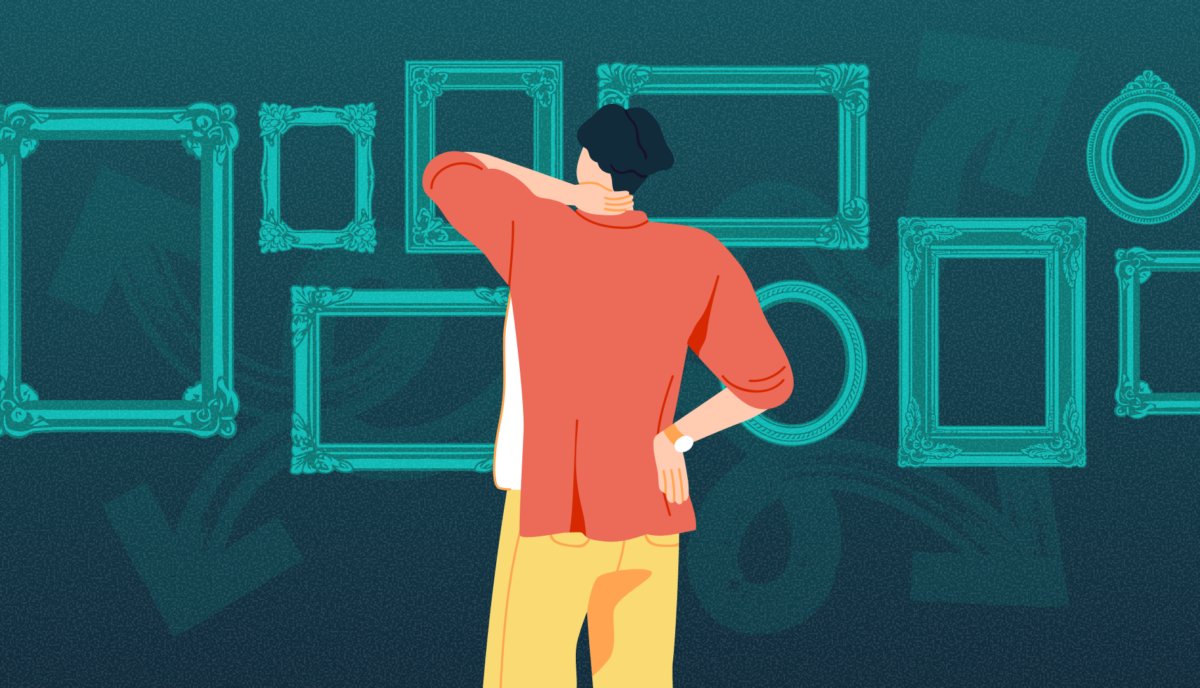More than Bitcoin: What Blockchain Can Do for Your Business
With all the hype swirling around technology buzzwords like blockchain, cryptocurrencies, and non-fungible tokens (NFTs), it can be hard to understand their real utility for your business. But as practical applications continue to emerge, more business leaders are starting to see adopting blockchain as a business priority (PDF) — and, potentially, a competitive advantage.
To help you make sense of it, we’ve compiled a high-level look at blockchain technology and its sister concept, Web3, along with some ideas for how this technology could be relevant to your business right now.
First, What are Blockchain & Web3?
Web3
“Web3” has become a catch-all term that refers to a decentralized online ecosystem where platforms and apps are owned not by a central gatekeeper, but by the users who help develop and maintain those services. To many, Web3 is the next iteration of the internet.
The first version of the internet, Web 1.0, was largely made of individual, static web pages created by the few people who understood the technology. We are currently in the midst of Web 2.0, which provides a platform with tools for non-technical people to create their own content, essentially democratizing authorship. With it, we saw the rise of social media platforms, shopping giants like Amazon, and work tools like Office and Google Suite. This also meant that much of our individual data — our posts, reviews, and photos — have been centralized into these behemoth systems.
The promise of Web3 is the opposite approach: decentralized content, with much greater control over what you create and in what ways your data is associated with your activity.
Blockchain
Web3 achieves its goals of decentralization via blockchain, a digital ledger that exists only on the internet. This ledger uses a complex cryptography system to create encrypted “blocks” of data, ensuring that all the transactions that are written to it are verifiable and unalterable.
This ledger is open to the world to access. It’s not hosted on a single server owned by one company, but instead across a vast network of computers. The technology keeps all transactions up to date everywhere at once, and maintenance fees are paid by those that access the data.
What makes the blockchain so valuable across sectors is that it helps reduce risk, eliminates fraud, and provides scalable transparency. As a chronological, decentralized, single source of truth, the blockchain creates trust in data. As an example, at its most basic level, this open ledger makes it possible for me to verify that you conducted a certain transaction on a certain date (like a digital receipt). But it can do much more than that.
Let’s take a look at some of the ways you can put the blockchain to use.
What Can Blockchain Do for Healthcare?
We’ve already started to see innovation around Web3 in the healthcare space, much of it focused on patient health records. Given the increasing fragmentation of healthcare, the strict privacy regulations in this space, and the high risk of data breaches with current systems, the healthcare industry is a good candidate for blockchain use and the security benefits of decentralization.
Use case: patient records
To imagine how the blockchain can change healthcare, let’s consider a typical patient who sees their general practitioner and requests a visit with a specialist. To ensure continuity of care, the patient’s health records must be sent from the primary doctor to the specialist’s office quickly and securely. Since most patients don’t have copies of all their medical records, they’re relying on their doctor’s office to transfer this sensitive data.
With the blockchain, patients can own their own medical records and control who has access to them. Doctors can add detailed entries to the digital ledger, which can be shared with other medical professionals as needed. Patients can also revoke access to anyone at any time.
Improving access to patient information across providers is crucial for the healthcare industry, given that medical errors are the third leading cause of death in the U.S. Current medications and their side effects could be part of the blockchain ledger, to help reduce complications. In addition, smart contracts that automatically seek out potential conflicts between medications could be added to medical records.
This example barely scratches the surface; luckily, there are many companies already in this space, figuring out how to store patient data via blockchain in accordance with current regulations.
What Can Blockchain Do for Education?
You may not immediately think of educational applications as benefitting from blockchain technology. But paper records are one area that’s ripe for disruption, since moving to a digital format would make communication between institutions much more efficient. Here’s an example.
Use case: student transcripts
Having transcripts stored on a blockchain would make it easier for students to transfer their educational history from one school to another. It would also ensure that educational institutions, or even employers, could easily verify that history. In fact, MIT has been issuing digital, blockchain-stored diplomas since 2017.
Beyond transcripts, the Open Badge Passport issues digital badges that recognize learning, skills, and achievements by scraping information off the blockchain about individuals’ extracurricular activities. This allows students and others to demonstrate soft-skill talents that are valuable to have but not typically recorded by a degree.
What Can Blockchain Do for Ecommerce?
Product registration has long been a way for companies to gain access to buyers’ contact info (more than a way for customers to protect their investment, as advertised). Using blockchain, product registries can serve a greater range of purposes, offering value to both consumers and companies. That’s because when it comes to provenance — the place of origin or earliest known history of something — a blockchain is a perfect public record-keeping tool.
Use case: product registries
For high-ticket items that can be sold on the internet, like jewelry, designer clothing, or rare books, a blockchain entry can be used to prove, and verifiably transfer, an item’s ownership. This user history could not only help bolster the secondary market for verified products, it also reduces the ability of counterfeiters to pass knock-off products as the real thing.
Imagine this approach for high-ticket items like autos. Supporting vehicle transactions that take place online or offline, a blockchain could store vehicle maintenance and crash reports. This trove of information could boost the resale value of a vehicle, because potential buyers can access the vehicle’s entire maintenance history. If the data is connected to onboard sensors, it might even include engine efficiency and tire wear.
What Can Blockchain Do for Non-Profits?
In this example, we combine blockchain, NFTs, and smart contracts to create a unique approach to a fundraising classic. Quick primer on NFTs: blockchain-based tokens that represent digital media like music, art, videos, etc… and can verify authenticity, past history, and sole ownership of a digital item. Smart contracts are preset functions that fire on a blockchain when specific conditions are met.
Use case: silent auctions with NFTs
Non-profits could take a new approach to fundraising with NFTs. Let’s say an artist creates (as a donation) a series of NFTs that are auctioned off to the highest bidder, with ownership of the artwork transferred via a blockchain. Or museums could sell digital representations of their collection, potentially fueling new derivative artwork. Artists could remix classic works into new art, providing additional promotional and fundraising opportunities. The classic silent auction gets upgraded.
But let’s take it a step further. Smart contracts on those NFTs could perpetually pay a royalty back to the original artist or the organization as a portion of any future sales of the artwork. That means one year’s fundraiser could potentially reap monetary benefits for many years to come. The contract could take any form negotiated by the artist and non-profit — future royalties from ownership transfer pay the artist while the initial artwork was a donation, or the artist and organization split future proceeds, etc…
Blockchain can not only help overcome challenges such as consumer privacy concerns and sensitive data management, it can also help organizations seize new opportunities for growth.
What Can Blockchain Do for You?
While blockchain technology was first conceived as a mechanism to support Bitcoin, today it offers tons of uses across industry sectors. This kind of advanced technology may seem only accessible to companies that can afford expensive developers, but the cost to incorporate blockchain technology into many business operations is often less than you think. Plus, new vendors are emerging all the time to provide blockchain technology for a broad range of applications.
Blockchain can not only help overcome challenges such as consumer privacy concerns and sensitive data management, it can also help organizations seize new opportunities for growth. Think about your company’s biggest challenge or goal, and there might be a way blockchain technology can address it.
Interested in looking at ways to incorporate blockchain into your company’s digital assets? Let’s talk.



